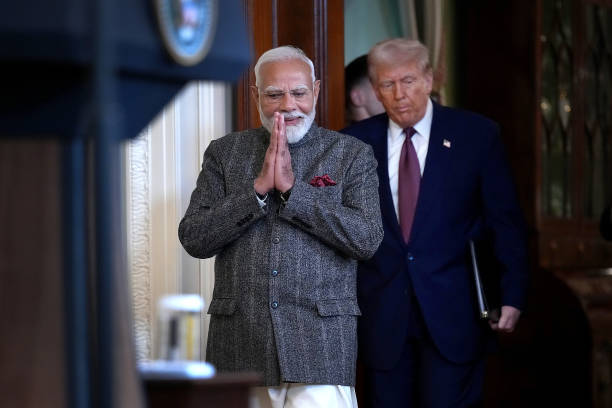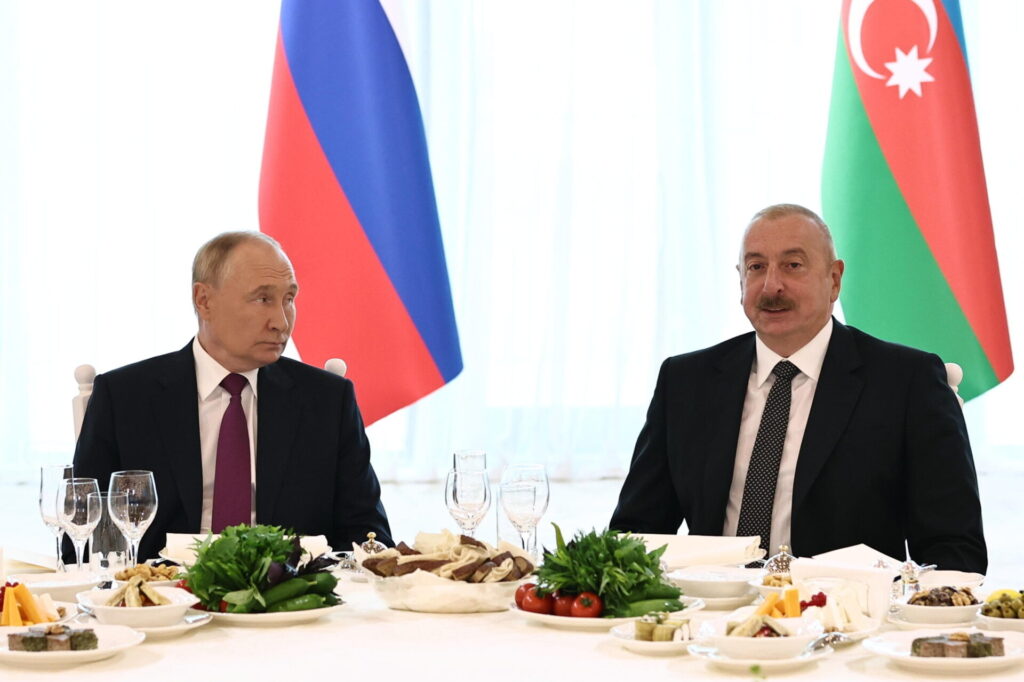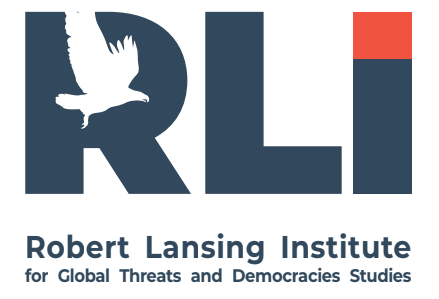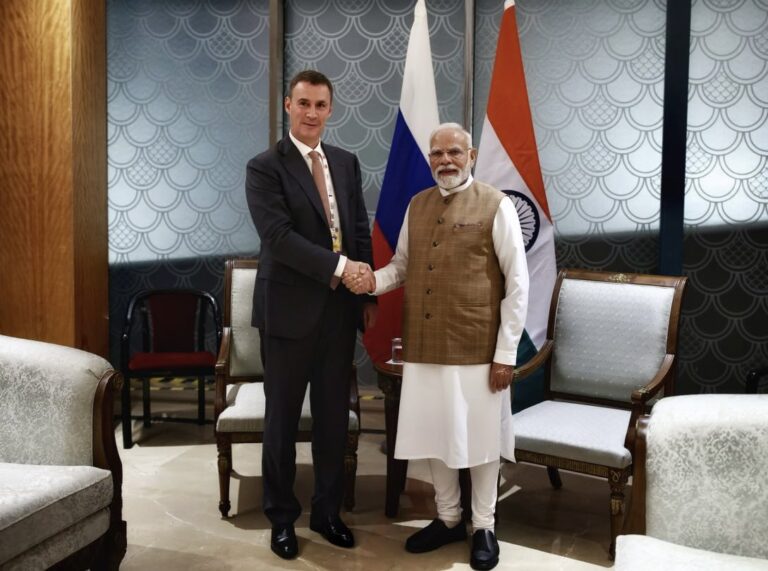After its full-scale invasion of Ukraine in 2022, Russia faced unprecedented sanctions pressure from the West. Moscow’s response was to reorient its trade flows toward Asian markets — primarily South and Southeast Asia. This “pivot to the East” is designed to compensate for the loss of traditional markets and routes by attracting new partners and building alternative infrastructure.
A central role in this strategy belongs to India, with which Russia maintains a long-standing strategic partnership. Alongside India, Moscow has intensified cooperation with ASEAN countries — Indonesia, Malaysia, Vietnam, and others — which have taken a pragmatic stance and refrained from joining Western sanctions.
The key elements of this process include high-level political dialogue, expanding trade (especially in energy), investment in infrastructure projects (the Northern Sea Route and new transport corridors), and the use of alternative settlement mechanisms such as national currencies and barter.
Russia–India: Strategic Dialogue and Expanding Trade
In late September 2025, a Russian delegation paid a significant visit to India. On September 25, Russian Deputy Prime Minister Dmitry Patrushev met Prime Minister Narendra Modi in New Delhi. The two sides discussed expanding cooperation in agriculture, fertilizers, and food supplies — signaling a mutual desire to maintain intensive ties despite sanctions. Modi reaffirmed President Putin’s invitation to visit India before the end of the year for the annual bilateral summit, continuing preparations for the 23rd India–Russia Summit — a traditional high-level format expected to take place later this year.
Regular high-level contacts demonstrate that both Moscow and New Delhi are committed to deepening their strategic partnership despite geopolitical tensions and external pressure.
India’s diplomacy remains multi-vector and balanced: it maintains close relations with the U.S. and the West while avoiding a rupture with Russia. In August 2025, India welcomed the Trump–Putin summit in Alaska as a step toward dialogue, while insisting on a peaceful resolution to the war in Ukraine. This indicates India’s intent to act as a mediator and preserve space for cooperation with Moscow even as Western pressure grows.
Record Trade Amid Sanctions
Trade between Russia and India has surged to record levels despite sanctions. In 2024, bilateral turnover reached $66 billion, five times higher than five years earlier. The growth is largely driven by discounted Russian crude and oil products, which India’s refineries have eagerly purchased to replace more expensive Middle Eastern supplies.
By August 2025, Russian oil imports to India reached 2 million barrels per day, or 38 percent of India’s total. In effect, India has become one of the key financiers of Russia’s oil exports — a fact that has drawn criticism from the West.
Washington has responded with tariff pressure: in August 2025, the Trump administration imposed an additional 25 percent duty on Indian goods (with the threat of raising it to 50 percent), citing New Delhi’s continued trade with Russia and its “indirect financing of the Russian war machine.”
India’s Ministry of External Affairs condemned the move as unjust, emphasizing that oil purchases are driven by energy security for 1.4 billion citizens and are conducted at market prices. New Delhi asserted that it will defend its national interests and views U.S. tariffs as unwarranted and counterproductive.
Despite the threat of sanctions, India has little incentive to scale back trade with Russia: cheap energy imports help contain inflation and save billions of dollars. Instead, Moscow and New Delhi are working to minimize sanction-related risks and make trade more resilient.
One key innovation is the establishment of Vostro accounts in rupees, enabling Indian importers to pay for Russian goods in local currency. Accumulated rupee balances — estimated at $8 billion — can now be invested in Indian bonds, effectively creating a closed rupee–ruble settlement loop and reinjecting frozen funds into India’s economy.
New Corridors: The INSTC and Chennai–Vladivostok Route
Russia and India are also developing alternative transport corridors to bypass territories of sanctioning countries. The flagship project is the International North–South Transport Corridor (INSTC) connecting Russia and India via Iran by rail and sea through the Caspian.
In 2024, cargo volume on this route increased 1.7-fold, as India expanded exports to Russia through Iran in an attempt to reduce its massive trade deficit. Indian goods — building materials, textiles, food, pharmaceuticals — now move directly to Russian consumers, while Russian timber, fertilizers, and grain are shipped southward, avoiding the Suez Canal. According to Russian Rail Logistics, transport costs via the eastern segment of the INSTC dropped by 56 percent, making it economically competitive. Both sides aim to raise bilateral trade to $100 billion in the coming years.
In parallel, the Chennai–Vladivostok Maritime Corridor was launched in November 2024, cutting delivery time nearly in half — from 40 days to about 24 days. The 5,600-nautical-mile route passes through the South China Sea, with potential stops in Vietnam, Thailand, and Indonesia. The corridor fits into India’s Act Far East policy, connecting Indian industry with Siberian resources, while for Russia it offers Indian investment and revitalization of the Far East economy.
Energy at the Core
Energy remains the foundation of Russia–India cooperation. Indian state company ONGC Videsh has held a 20 percent stake in Sakhalin-1 since the 2000s and may expand it after ExxonMobil’s exit. Indian consortia also retain shares in the Vankor oil field in Krasnoyarsk and continue to profit from Siberian crude exports.
Moscow has invited Indian companies to join Vostok Oil in the Arctic, a massive project led by Rosneft aimed at exporting oil via the Northern Sea Route (NSR) to Asia. India has shown cautious interest in gas projects such as Arctic LNG-2, though avoiding direct investment in sanctioned assets.
Nevertheless, in 2021, an LNG carrier from Yamal made India’s first Arctic gas delivery, demonstrating the NSR’s potential as a shorter energy route between Russia and South Asia.
The Northern Sea Route and Arctic Ambitions
The NSR — a 5,600-kilometer Arctic corridor along Russia’s northern coast — is central to Moscow’s strategy to redirect exports from Europe to Asia. The Kremlin plans to raise cargo volumes to 150–200 million tons per year by 2030 (up from 34 million in 2022).
New nuclear icebreakers and port infrastructure are under construction to ensure year-round navigation. Western shipowners remain wary due to sanctions and extreme ice conditions, but Asian importers like China and India view the NSR as a strategic shortcut for importing oil, gas, and coal. India, now an observer in the Arctic Council, considers the route part of its broader ambition to diversify trade pathways and enhance its polar presence.
Return of Barter
With Russian banks cut off from SWIFT and dollar transactions, Moscow has revived barter trade — for the first time since the 1990s — as a tool to bypass financial restrictions. In 2024, the Ministry of Economic Development even issued an official manual for companies on conducting barter transactions with foreign partners.
Barter allows Russia to export oil, gas, coal, fertilizers, metals, and grain in exchange for machinery, electronics, equipment, and pharmaceuticals from Asian partners. This system circumvents blocked payments and provides liquidity where conventional finance is impossible.
Yet barter also reveals deep economic regression. It reflects an economy forced to revert to quasi-Soviet clearing practices, signaling both isolation and loss of trust in Russia’s currency, even among “friendly” states.
Moscow is trading wheat for Chinese cars, flax for construction materials, and exploring similar deals with India to utilize surplus rupees. In effect, barter masks a form of natural exchange — an adaptation to isolation rather than a sign of resilience.
Russia and ASEAN: The Pragmatic Frontier
Beyond India, Russia is strengthening ties with ASEAN states. The Kremlin sees Southeast Asia as a neutral region open to pragmatic engagement. Most ASEAN countries have condemned the war rhetorically but avoided joining sanctions.
Trade between Russia and ASEAN rebounded after the 2022 slump, reaching $15.8 billion in 2023 and rising another 10 percent in the first three quarters of 2024. Indonesia remains the largest partner (about $4 billion in trade), followed by Vietnam and Malaysia, which have expanded imports of Russian energy and fertilizers.
In February 2025, Russian Security Council Secretary Sergei Shoigu reportedly visited Indonesia and Malaysia to negotiate deeper cooperation. Moscow is pushing to update its five-year Russia–ASEAN partnership plan focused on trade, energy, and food security.
Russia’s anti-Western rhetoric and calls for a “multipolar world” resonate in Muslim-majority countries such as Indonesia and Malaysia, particularly amid unrest in the Middle East.
Conclusion
Under sanctions pressure, Russia is rapidly rebuilding its external trade architecture around Asia. The economic axis with India forms the backbone of this eastern strategy, underpinned by record energy trade, currency-swap mechanisms, and infrastructure projects.
Simultaneously, Moscow is expanding ties with China, ASEAN, and the broader Global South, constructing an alternative ecosystem less dependent on Western markets. New routes — the INSTC, Chennai–Vladivostok corridor, and Northern Sea Route — are reshaping Eurasian logistics.
Yet the pivot faces serious constraints: Iran’s instability affects the INSTC, Arctic routes remain costly, and partners remain cautious to avoid secondary sanctions. Despite these obstacles, the eastward reorientation appears durable — yielding record trade volumes and offering Russia an economic lifeline amid isolation.
In today’s reality, Asia has become Russia’s economic window to the world, while barter and national-currency settlements mark a reluctant adaptation to a sanctions-driven world order.

More on this story: Sanctioning Leverage: U.S. Influence Through India’s Russian Oil Trade

More on this story: The Waning Grip: The Decline of Russia’s Foreign Policy in the Global South




